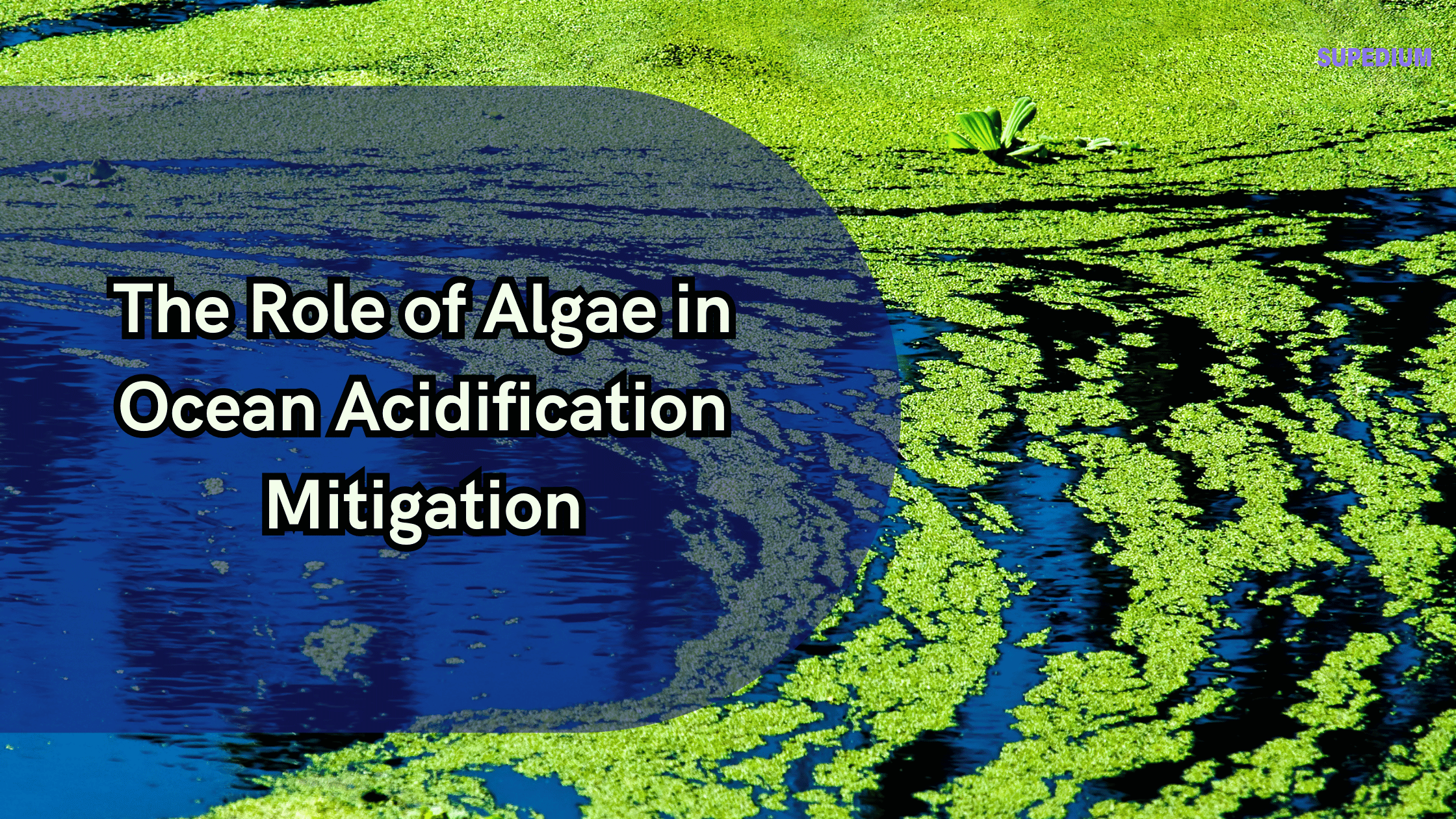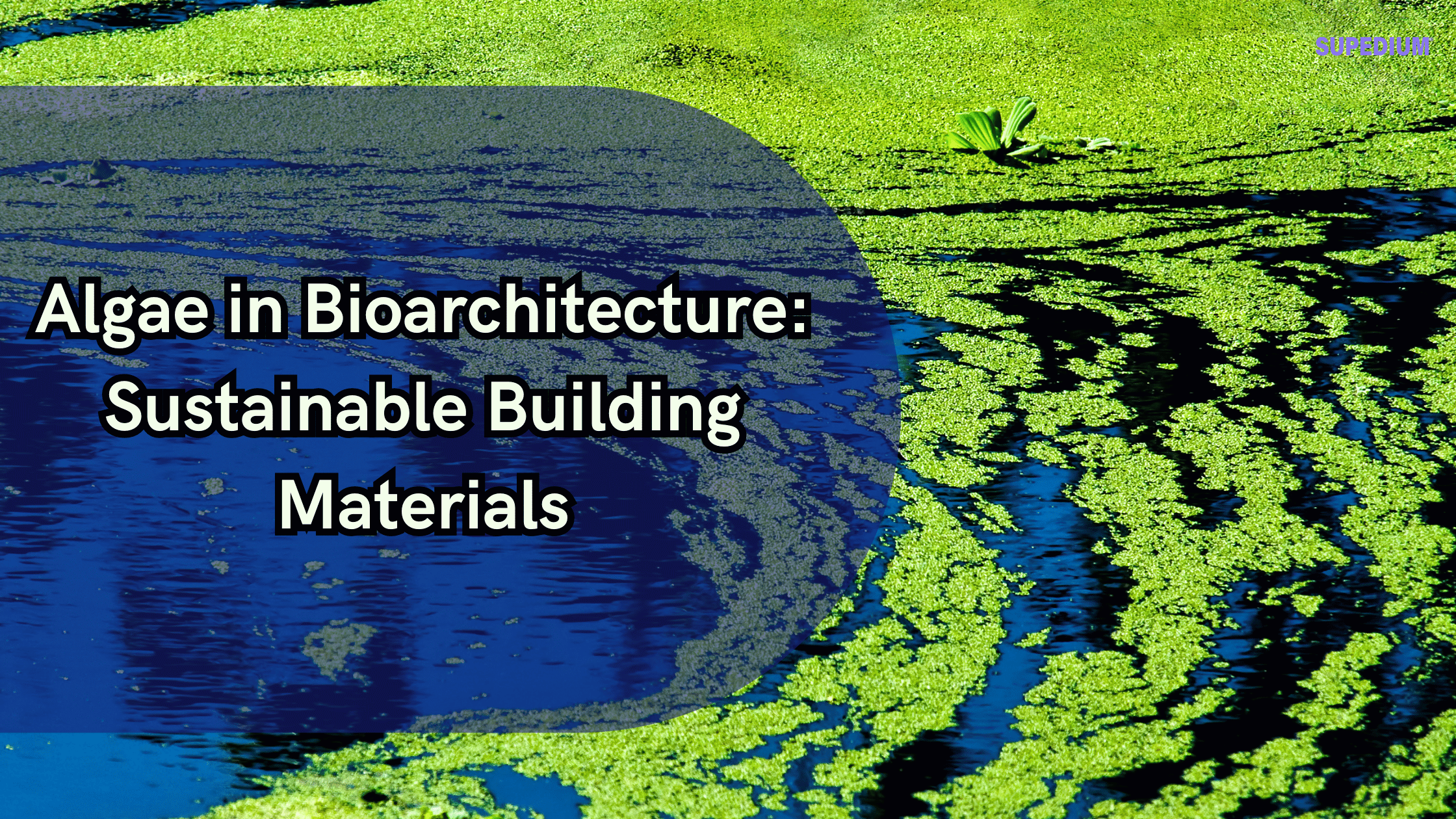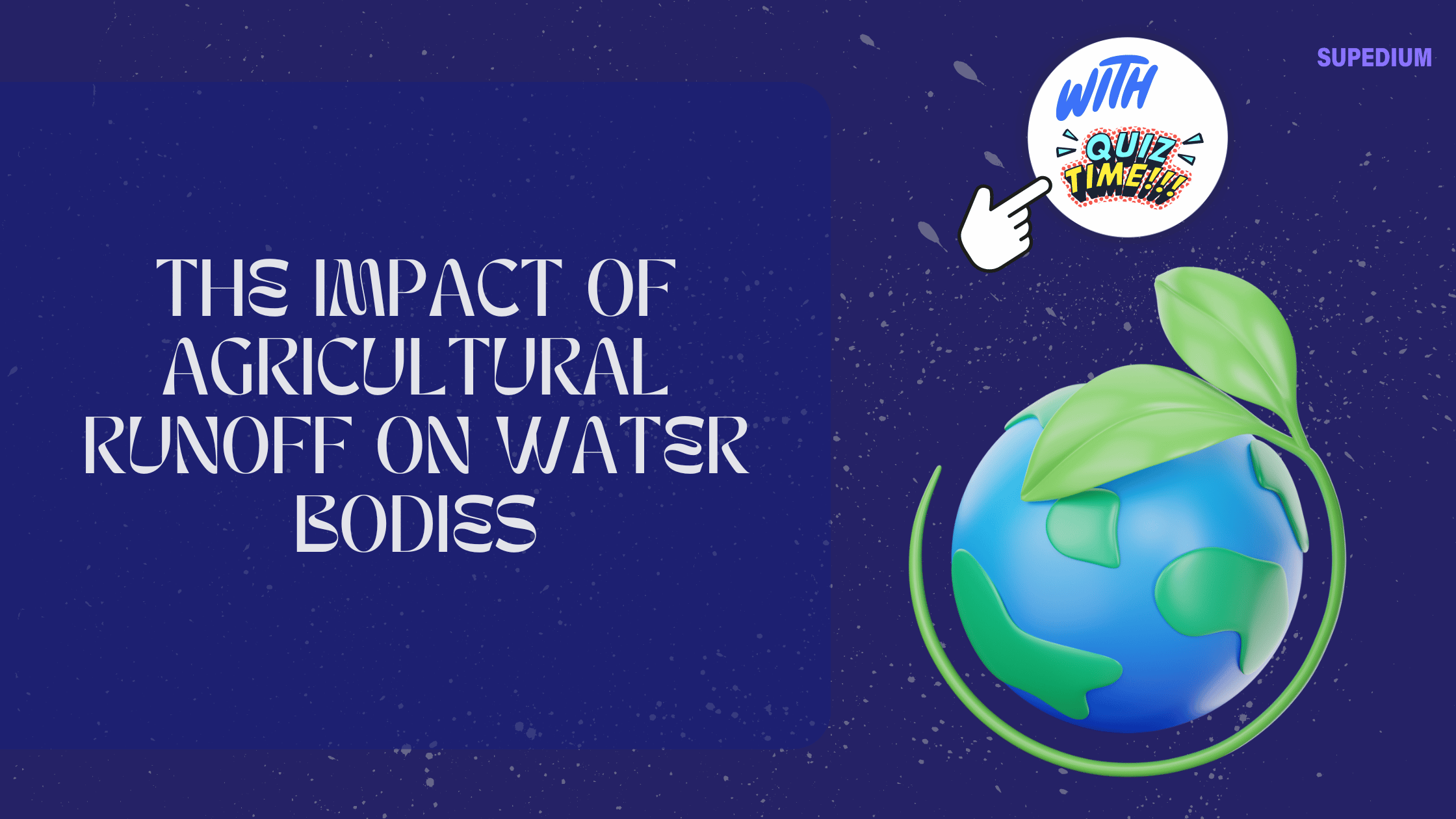Table of Contents
![]()
Introduction
Ocean acidification is a critical environmental issue resulting from increased carbon dioxide (CO₂) emissions. When CO₂ dissolves in seawater, it forms carbonic acid, which lowers the ocean’s pH and disrupts marine ecosystems. This phenomenon threatens biodiversity, fisheries, and global climate stability. In response, scientists are exploring various strategies to mitigate its effects, one of which involves harnessing the natural processes of algae. This article examines how algae can contribute to mitigating ocean acidification, focusing on their roles in carbon sequestration, their types, and their potential in various mitigation strategies.
Algae and Ocean Chemistry
Photosynthesis and Carbon Sequestration
Algae play a significant role in ocean chemistry through the process of photosynthesis. During photosynthesis, algae absorb CO₂ and release oxygen, which helps regulate atmospheric CO₂ levels and counteracts ocean acidification. Phytoplankton, microscopic algae that drift with ocean currents, are particularly crucial as they are responsible for a substantial portion of the ocean’s primary productivity. By converting CO₂ into organic matter, they contribute to carbon sequestration—where carbon is stored in the form of biomass or sediments, thus reducing the concentration of CO₂ in the ocean and, consequently, its acidity.
Algal Growth and Ocean pH Levels
The growth of algae, especially phytoplankton and macroalgae, can influence local and regional pH levels. Algal blooms, which are rapid increases in algal populations, can sometimes lead to significant shifts in local pH. These blooms often result in higher CO₂ uptake and a temporary increase in pH, mitigating acidification in those areas. However, large-scale blooms can also have negative side effects, such as hypoxia (low oxygen levels) and impacts on marine life, highlighting the need for balanced approaches in utilizing algae for acidification mitigation.
Types of Algae and Their Role in Mitigation
Phytoplankton
Phytoplankton are microscopic algae that float in the ocean’s surface waters. They include a diverse range of species, such as diatoms and dinoflagellates, which perform photosynthesis and contribute to global carbon cycles. Their capacity for high productivity and rapid growth means they can absorb large quantities of CO₂, making them a crucial component of oceanic carbon sequestration. For example, the phytoplankton blooms in the Southern Ocean are known for their significant role in carbon uptake and storage.
Macroalgae
Macroalgae, or seaweeds, such as kelp and sargassum, are larger, multicellular algae that inhabit coastal regions. These algae not only sequester carbon through photosynthesis but also provide critical ecosystem services, such as habitat and food for marine species. Cultivating macroalgae offers a dual benefit: it can help offset CO₂ emissions while supporting marine biodiversity. However, large-scale cultivation of macroalgae presents challenges, including the potential for negative ecological impacts if not managed properly.
Microalgae
Microalgae are single-celled algae that can be cultivated in controlled environments. Their role in ocean acidification mitigation is being explored through advancements in biotechnology. Microalgae can be grown in bioreactors or photobioreactors, where their high growth rates and CO₂ absorption capabilities are harnessed. Recent innovations have led to more efficient microalgae cultivation methods, potentially making them a viable option for large-scale carbon sequestration projects.
Algae-Based Mitigation Strategies
Cultivation and Harvesting Techniques
Effective algae-based mitigation requires efficient cultivation and harvesting methods. Algae can be grown in open ponds, which are cost-effective but less controlled, or in closed systems, such as photobioreactors, which offer more precise control over growing conditions. Harvesting algae involves techniques that vary depending on the type and scale of cultivation. Innovations in cultivation technologies, such as automated systems and improved nutrient delivery methods, are enhancing the efficiency and sustainability of algae farming.
Algae-Based Carbon Sequestration Projects
Several projects worldwide are exploring the potential of algae for carbon sequestration. For instance, research in the Pacific Northwest focuses on kelp farming as a means of capturing and storing carbon. These projects demonstrate the effectiveness of algae in reducing atmospheric CO₂ and offer insights into the scalability of such approaches. Assessing the success and scalability of these projects helps determine their potential impact and guides future initiatives.
Integration with Other Mitigation Approaches
Integrating algae-based methods with other ocean acidification mitigation strategies can enhance their effectiveness. Combining algae cultivation with marine protected areas, for example, can create synergies that benefit both algae growth and marine biodiversity. Additionally, integrating algae-based solutions with technological innovations, such as carbon capture and storage (CCS), could offer a comprehensive approach to addressing acidification and its impacts.
Challenges and Limitations
Environmental and Ecological Impacts
While algae hold promise for mitigating ocean acidification, their large-scale cultivation can pose environmental risks. Algal blooms, if not managed properly, can lead to hypoxia and other adverse effects on marine ecosystems. Therefore, careful management and monitoring are crucial to mitigate potential negative impacts and ensure that algae-based solutions are beneficial to marine environments.
Economic and Logistical Considerations
The economic viability of algae-based mitigation strategies depends on various factors, including cultivation costs, market demand, and technological advancements. The initial investment in algae farming infrastructure can be high, but ongoing research and technological improvements are working to reduce costs and enhance economic feasibility. Additionally, developing markets for algae-derived products can create economic incentives for algae cultivation.
Knowledge Gaps and Research Needs
There are still many unknowns regarding the full potential of algae in mitigating ocean acidification. Further research is needed to understand the long-term impacts of large-scale algae cultivation, the best practices for different algae types, and the integration of algae-based methods with other mitigation strategies. Interdisciplinary research that combines marine science, technology, and policy is essential for advancing our understanding and implementation of algae-based solutions.
Future Directions and Opportunities
Technological Innovations
Advancements in technology hold significant promise for enhancing algae-based mitigation strategies. Innovations in cultivation systems, such as more efficient bioreactors and automated monitoring tools, are improving the scalability and sustainability of algae farming. Continued research into genetic modifications and optimized growth conditions may further enhance algae’s carbon sequestration capabilities.
Policy and Regulatory Frameworks
Supportive policies and regulatory frameworks are crucial for the successful implementation of algae-based mitigation strategies. Governments and international bodies can play a role in promoting algae cultivation through incentives, subsidies, and research funding. Collaborative international efforts can also facilitate the sharing of knowledge and best practices.
Public Awareness and Education
Raising public awareness about the role of algae in mitigating ocean acidification is vital for gaining support and fostering community involvement. Educational initiatives can inform the public about the benefits of algae and encourage sustainable practices. Engaging communities in algae-based projects can also provide valuable feedback and contribute to the overall success of mitigation efforts.
Conclusion
Algae offer a promising avenue for mitigating ocean acidification through their natural processes of carbon sequestration and photosynthesis. Various types of algae, including phytoplankton, macroalgae, and microalgae, each contribute uniquely to reducing CO₂ concentrations in the ocean. While challenges remain, such as potential environmental impacts and economic considerations, ongoing research and technological advancements continue to improve the feasibility and effectiveness of algae-based solutions. By integrating these methods with other mitigation strategies and supporting them through policy and public engagement, we can enhance our efforts to address ocean acidification and protect marine ecosystems for future generations.
Share This





Be the first to comment